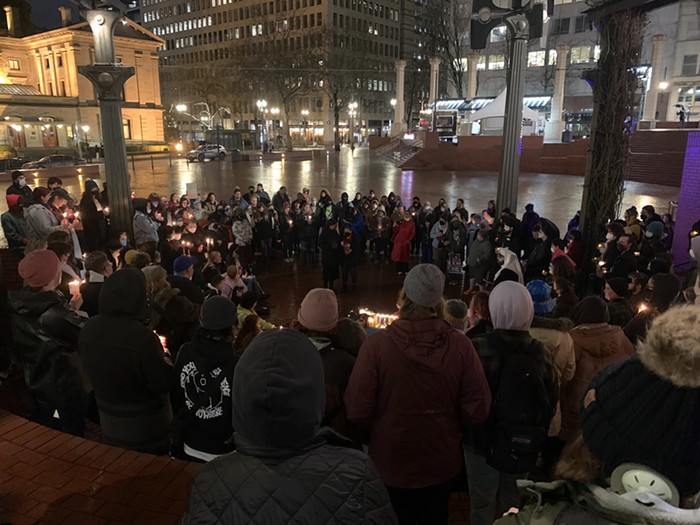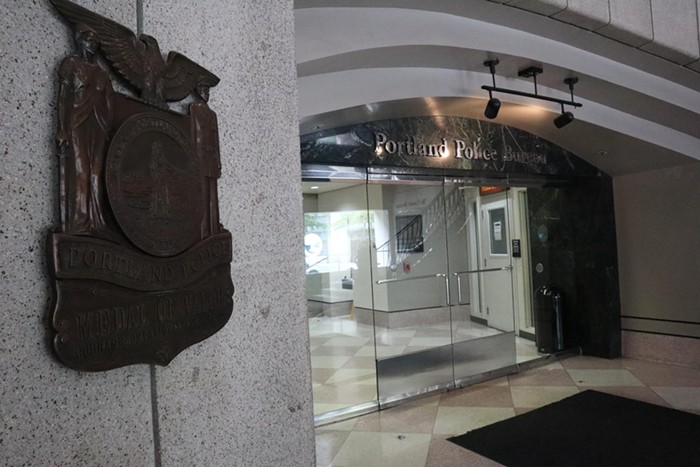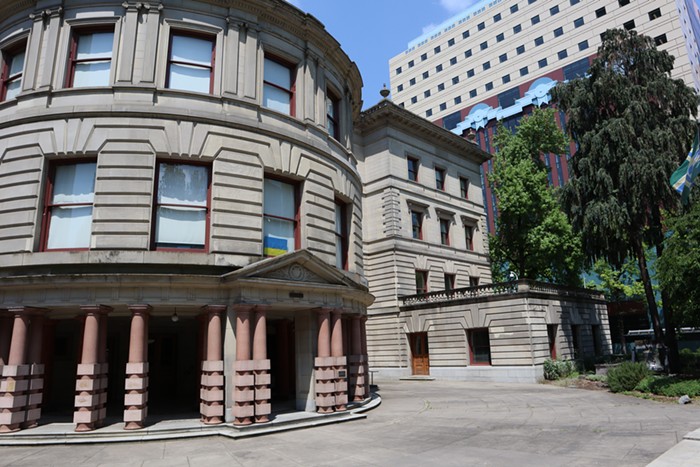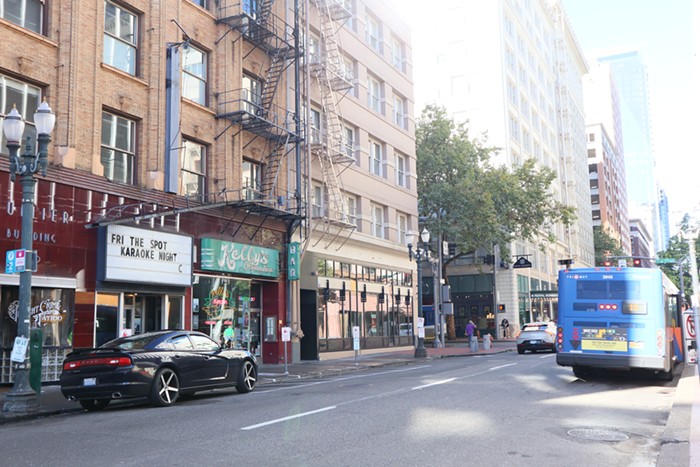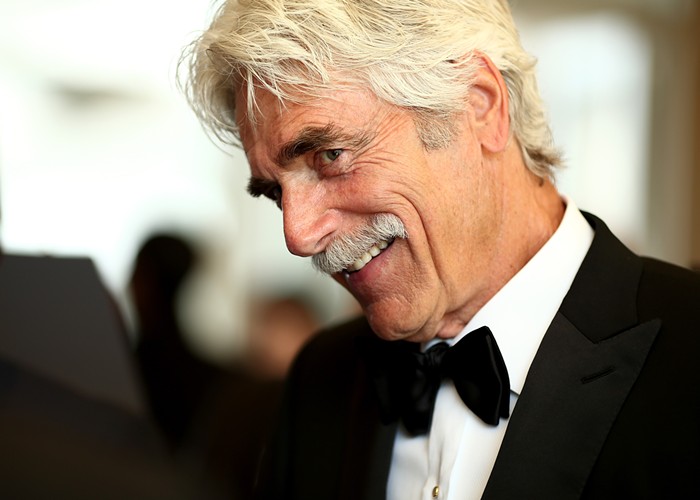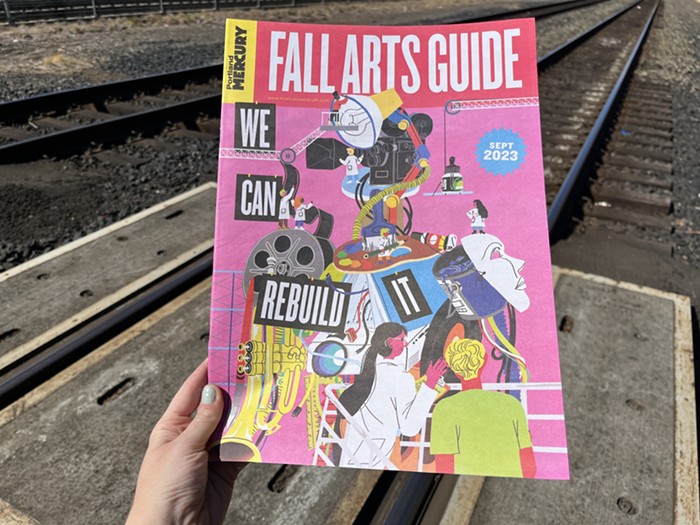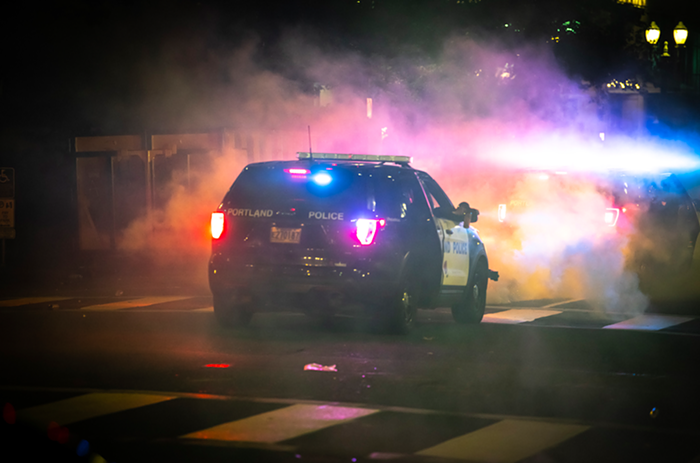COMMISSIONER RANDY LEONARD scored huge points with the sustainability-minded crowd at a candidate and elected official's forum last week, when he told them he's interested in closing down part of the central city to auto traffic.
At the October 1 forum sponsored by the Oregon Environmental Council and a group called Future of Energy, politicos like Leonard fielded questions on everything from carbon trading to composting. One woman in the audience at the Bagdad Theater lobbed a question at Leonard: What did he think about congestion fees, which cities like London have used to keep auto traffic out of the city core?
Joking that his answer was "going to get me in trouble," Leonard made a bold announcement: After visiting Copenhagen earlier this year, he has been "quietly looking at those cities" that have created public spaces by eliminating auto traffic on certain streets. While it's not a congestion toll, Leonard's "intrigued" by cities that have "opened up parts of their city to just pedestrians... and [I] would like to actually look at doing something toward that end in the next four years." The forum crowd cheered.
In Copenhagen, Leonard later told the Mercury, he stayed near the Strøget car-free area. The space used to be open to cars, but "now it's this huge public gathering place."
The South Park Blocks area "lends itself" to creating a similar space in Portland, Leonard says, by expanding the car-free area around Portland State University all the way down to SW Salmon. "I think it's worth talking about and pursuing," said Leonard, noting that the entire city council would need to embrace the concept to make it a reality anywhere in the city, and that he hasn't brought the idea to his colleagues yet.
Elly Blue, coordinator of this year's Towards Carfree Cities conference, held in Portland last June, calls Leonard's idea "super exciting."
"One of the points I've been trying to make for a long time is having car-free spaces like this is the opposite of radical," she says. "It's one the of the most mainstream, healthy things you can do for a community."
In other car-free areas—like the vacated street on the north edge of Jamison Square in the Pearl District—people "don't even recognize them as not having cars, they just recognize them as good spaces," Blue adds.
